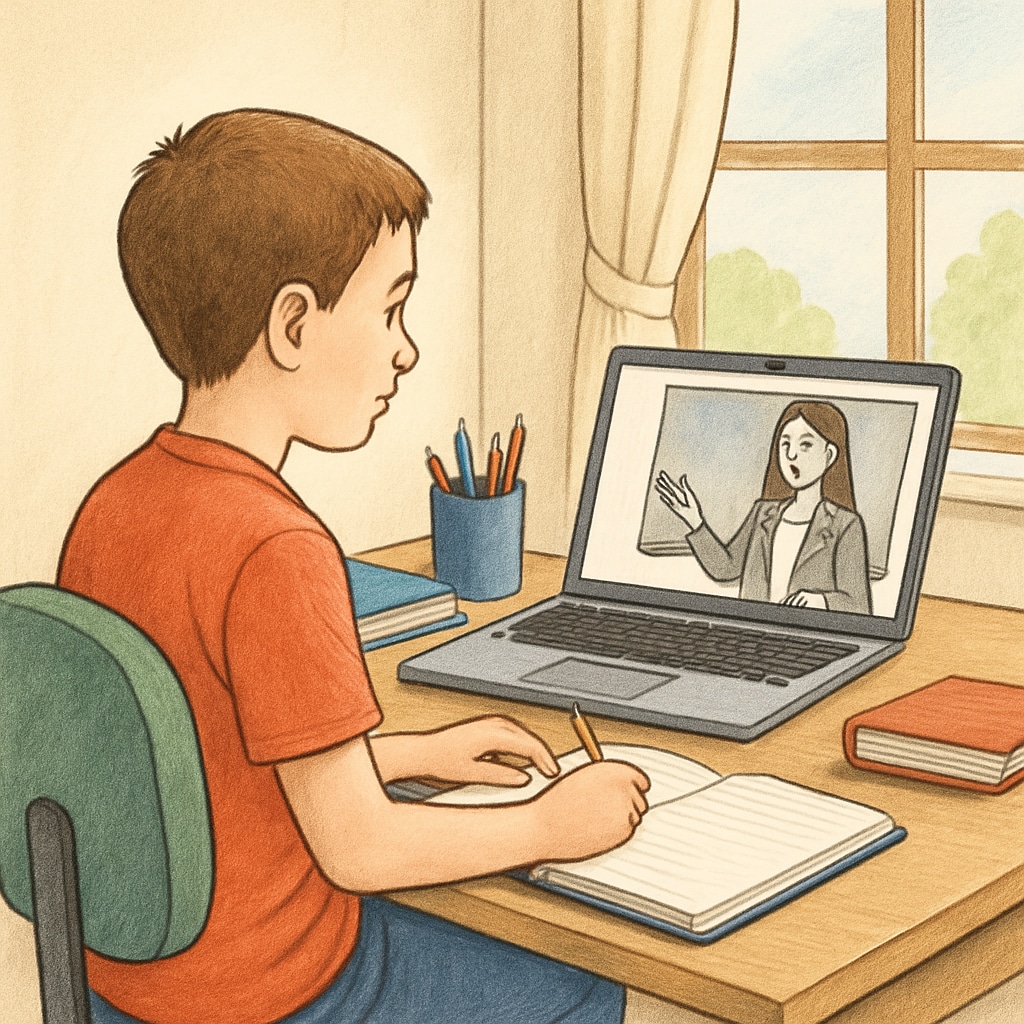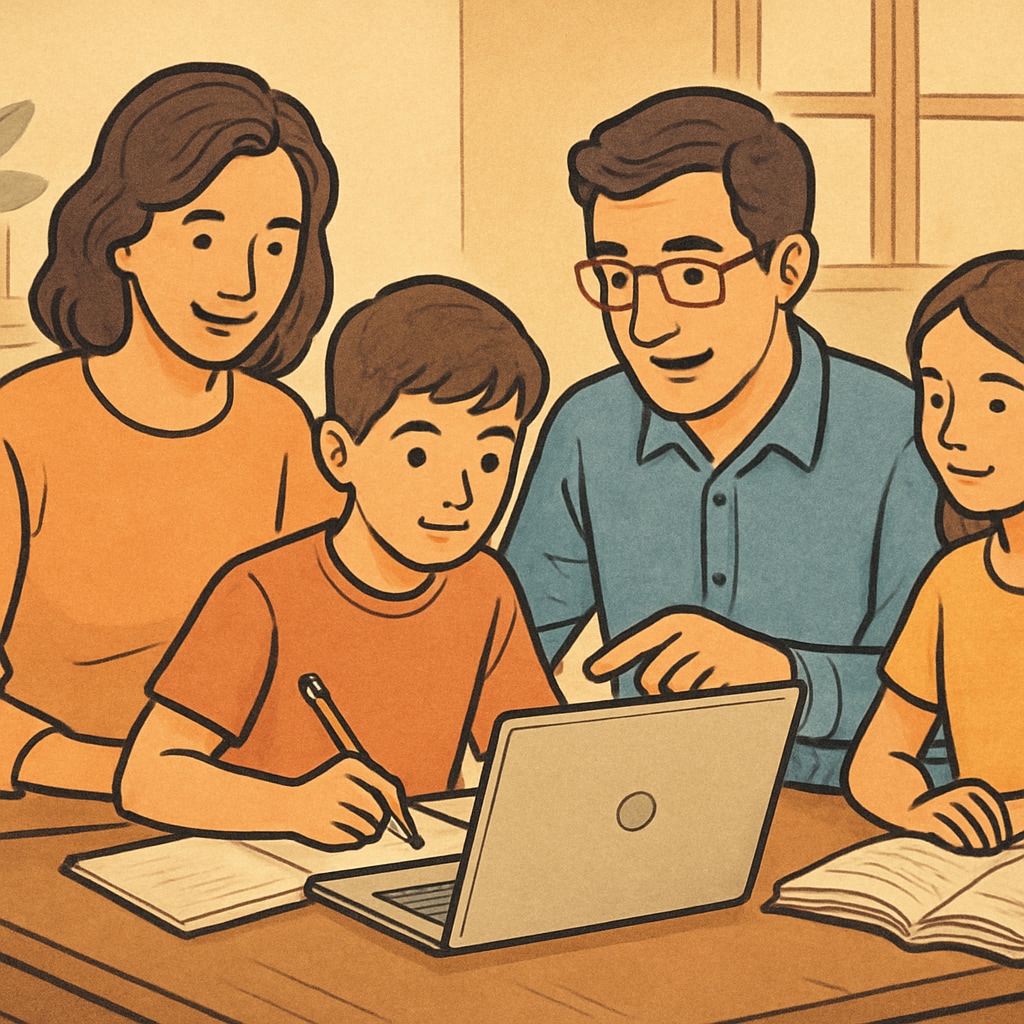In recent years, more parents have been considering online public education as a viable alternative to traditional schooling. This shift in education choices is driven by a variety of factors, including the desire for personalized learning, flexibility, and a better balance between education and family life. As online learning platforms continue to evolve, it is important to explore the motivations behind this growing trend and assess how it impacts students and families alike.
The Rise of Online Public Education: A Personalized Learning Experience
One of the primary reasons parents are turning to online public schools is the opportunity for personalized learning. Traditional classroom settings often follow a one-size-fits-all approach, which may not suit every child’s unique needs or learning pace. In contrast, virtual classrooms allow students to work at their own speed, revisit challenging concepts, and access a wider range of resources tailored to their interests and strengths.
For example, students who excel in math but struggle with language arts can allocate more time to areas where they need improvement. Additionally, online platforms often offer adaptive learning tools, which adjust content based on a student’s performance, ensuring a more customized educational experience.

Flexibility and Family-Life Balance
Another significant factor influencing parents’ decisions is the flexibility that online public education provides. Unlike traditional schools with rigid schedules, online programs allow families to create routines that align with their lifestyles. This flexibility is particularly beneficial for families with specific needs, such as those with children involved in competitive sports, arts, or those requiring frequent medical appointments.
Moreover, online education allows parents to be more involved in their child’s learning process. They can monitor progress, provide support, and even participate in some lessons. This greater level of involvement fosters stronger connections between parents and children, contributing to a more supportive educational environment.

Addressing Concerns About Socialization
One common concern about online public education is the potential impact on social development. Critics argue that virtual classrooms might limit opportunities for students to interact with peers. However, many online programs address this issue by incorporating virtual group projects, live discussions, and even in-person meetups or extracurricular activities.
In addition, online learning can help students develop critical 21st-century skills, such as digital communication, self-discipline, and time management. These skills are increasingly valuable in today’s interconnected, technology-driven world, preparing students for both higher education and the modern workforce.
The Future of Online Public Education
As technology continues to advance, the landscape of online education is likely to expand further. Enhanced virtual reality (VR) classrooms, AI-driven tutoring systems, and increased access to high-speed internet are just some of the innovations that could make online learning even more engaging and effective in the years to come.
For parents considering online public education, it is essential to research and select programs that align with their child’s needs and educational goals. By doing so, they can ensure a positive and enriching experience that supports both academic success and personal growth.
In conclusion, the shift toward online public education reflects a broader desire among parents for more control, flexibility, and tailored approaches to their children’s learning. By addressing individual needs, offering greater scheduling freedom, and equipping students with essential digital skills, virtual classrooms are becoming an increasingly popular choice for modern families.
Readability guidance: This article uses short paragraphs, active voice, and clear transitions to maintain reader engagement. Key points are summarized under distinct headings, and lists are used where appropriate to enhance clarity. Overly technical terms are avoided, ensuring accessibility for a general audience.


